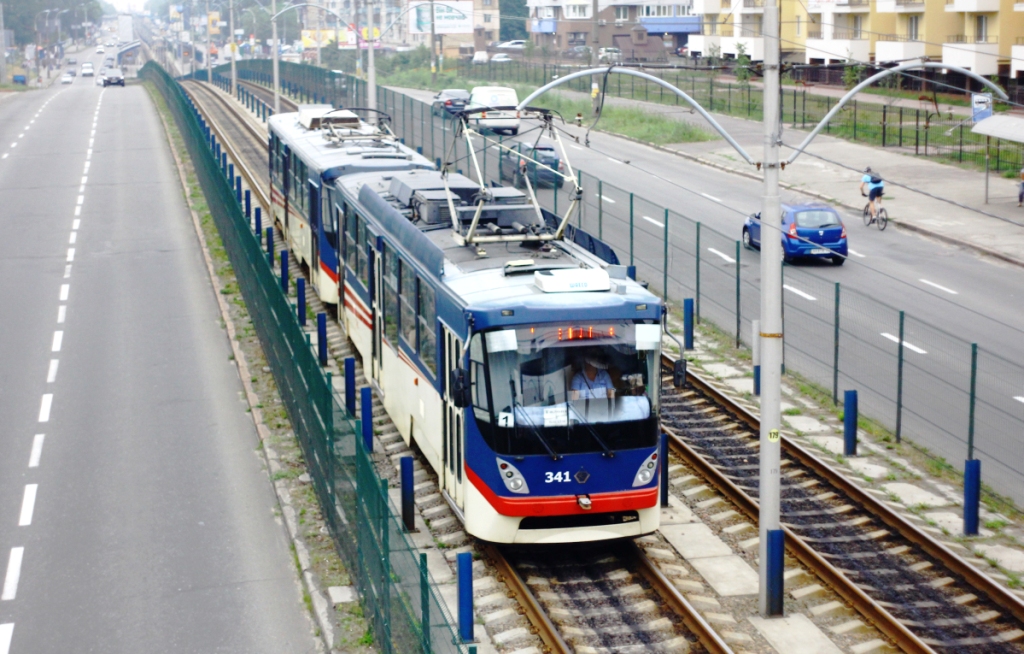Policy impact on the behavior of citizens and measures to actively influence their choice of means of transport should be such as to encourage the maximum use of public transport.
Mobility management in urban areas can not be effective without adequate measures of demand management, since the choice of vehicles citizens determined by many factors. Some of these factors are independent of the general policy of the development of public transport, for example, the spatial arrangement of areas in the city, social and economic situation there.
Other factors, on the contrary, are derived from this policy of the city, such as the distribution of urban space that is available for each type of transport (private vehicles, public transport, on foot or by bike), taxation and pricing regimes that apply to each mode of transport.
In a broader sense, the level of urban mobility and the attractiveness of public transport is influenced by political and economic factors. The impact of these factors and their registration in the real construction of the city transport strategy will help to change the habits of people in the choice of means of transport and – in both the short and especially the long term – will contribute to the increase in demand for public transport services.
Call to Action:
> Design of transport network in accordance with long-term plans for development of the city.
> To support the development of regulations that would be directly aimed at the integration of obschestvennoto transport when making decisions on urban development.
> To control the degree of use of private vehicles in urban areas, maintaining adequate parking policy of the town, measures to restrict traffic areas, prohibitive measures for the implementation of through traffic and operation of vehicles with high levels of pollutant emissions.
> Use all opportunities to reduce congestion during peak hours: to introduce flexible working schedules and the beginning of the school day, differentsiirovat fare or parking cars, depending on the time of day and so on.
> Encourage employees to participate in the creation of a “travel plan” companies with intact minimizing the number of vehicles used by employees and encourage the use of public transport.
> Raise awareness of citizens about the consequences of their choices of mobility funds.
> Pre-assess the acceptability and consequences of certain decisions – such as the introduction of paid entry into the city center to reduce the traffic load on the road and street network, as well as the volume of harmful emissions into the atmosphere.
> Give public transport a competitive advantage over the car, for example through the provision of benefits at intersections, dedicated lanes, etc.
